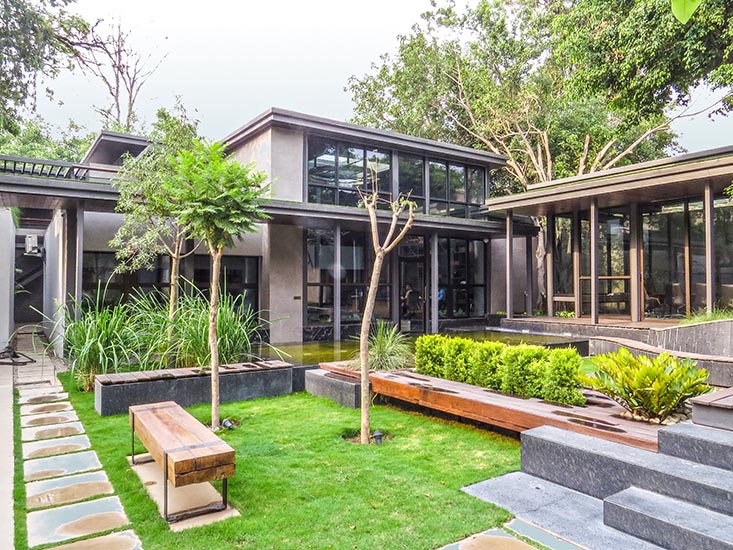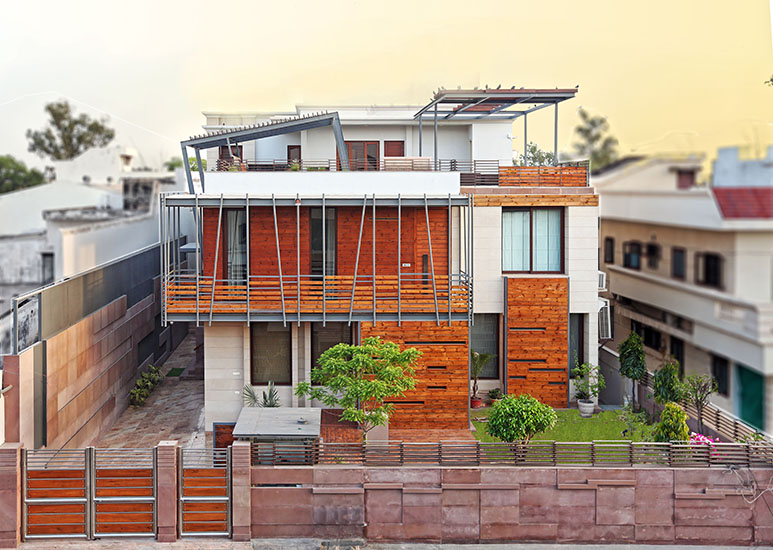
Architectural Group: Home Vision DNA
Design Team: Gabriela Liebert
Project Location: Dilido Island, Miami Beach, Florida, USA
Consultants: Esteban Latorre
Project Year (Start): 2016
Project Area: 363 Sq.M
Project Type: Residential
Image Courtesy: Home Vision DNA
DILIDO HAUS is a single family home designed with a unique vision, the expression of both, personal story and architectural history. The intention was to achieve an architecture of dignity and honesty.
The ideas built upon the strong foundations of Miami’s rich history, geography and culture, while using the latest construction technologies and high quality materials. The front façade of Dilido Haus expresses the key characteristics of MIMO, an architectural style that evolved from Art Deco and Streamline.
A rectangle with horizontal proportions, flat roof broad overhanging eaves echoed by horizontal projections of balconies, creating what appear to be two thin continuous gray lines drawn across the white façade and dividing it into three elements: roof terrace, second and ground floor.
Two identical white, round cornered, windowless blocks form a mirror image of one another facing a generous interior courtyard, partially enclosed by a double height store front glass wall. A thin bridge connects the both volumes.
The solidity of the blocks contrasts with their interior openness to the courtyard and the exterior balcony projections that expand the interior spaces. The horizontal planes appear to be suspended by traditional, thin round steel columns. The curved wall separates the car port from the exterior steps leading to the main entrance landing, strengthening the central axis shift to the west and producing a subtle but noticeable asymmetry.
From the front door, the main axis is projected onto the floor as a mosaic line, running in serpentine motion across the central interior space to the exterior covered back patio, dipping into the pool and finding and end point on the wall of the water feature.
Dilido Haus was built using poured in place concrete. Due to the sandy terrain of the island, more than 30 pilotis, approximately 12 meters (40 feet) deep support the foundation. The glass windows and doors resist 110 Km/h (177 miles per hour) winds. The first floor is elevated 75 cm (2.5 feet) above the 100 year flood plain.












